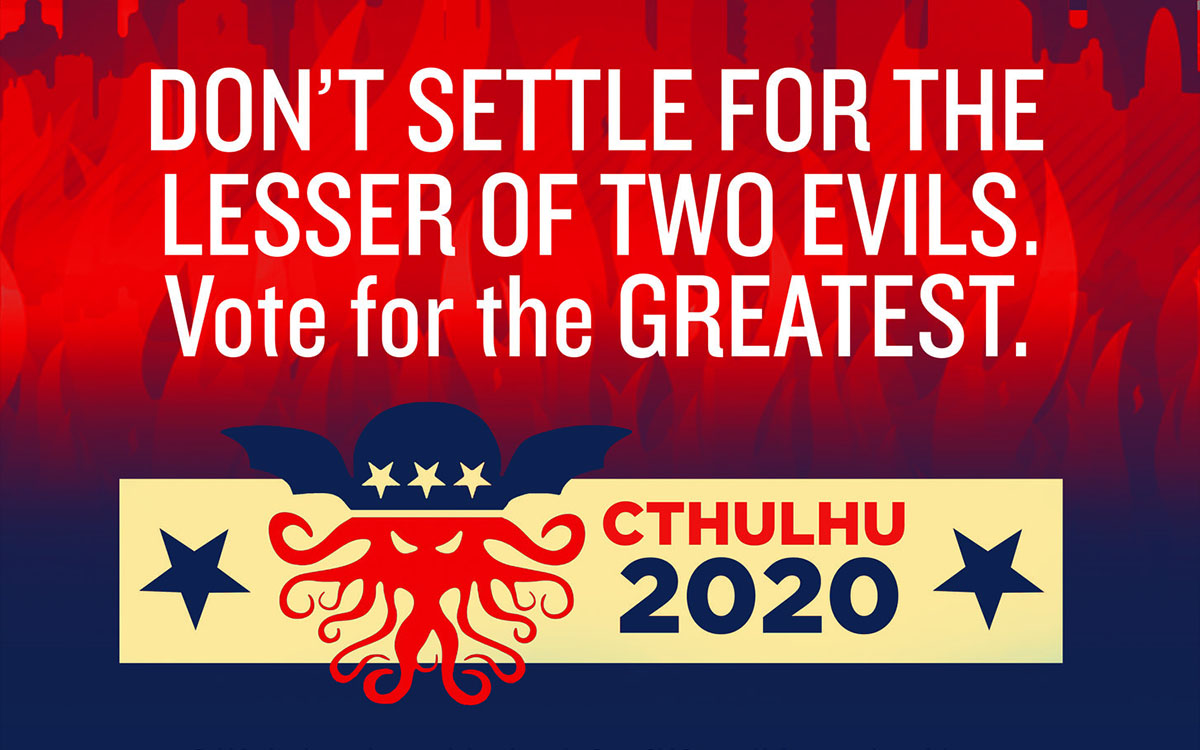how the news, polls, and social media distort elections

Today in the Anglophone world, it seems like elections never end and nothing is ever settled because as soon as votes are tallied and the winner either by razor thin margins or an upset that sees established political fronts collapse, is announced, another campaign is on the way. Now, the next big contest is the hellish media circus of the Democratic presidential primary, with one of its most important components being the upcoming Super Tuesday. Fourteen states 129 million people call home — including two of the ones with the largest populations — will cast their votes for a potential nominee, awarding a third of all available delegates. And it’s entirely possible that this already tense election has been wildly distorted.
Of course, when we talk about people influencing elections today, we tend to focus on fake news amplified by trolls and bots on social networks which are either just wading into trying to label hoaxes and misinformation as such, or refuse to even consider doing so after taking one or two half-measures. And there’s definitely something to that. Fake news exists for one very simple reason: to sow outrage and discord. While social media users may be exposed to foreign propaganda campaigns a lot less often than we’re led to believe, they certainly help spread it alongside domestically created hoaxes and dishonest attacks which end up in mainstream coverage thanks to many journalists’ obsession with what’s trending.
There’s also the issue that users most affected by and likely to spread fake news are politically active boomers, sharing them up to seven times more often than millennials and Generation Z, especially if they ascribe to right wing ideology. Oddly, this tracks with a 2016 study of partisan social media pages which showed major differences between the far left and far right. Left wing pages mocked and ranted about their targets, often without any actual facts with which to back their positions. By contrast, right wing pages unleashed a steady stream of lies, encouraging all their fans — who are often older — to spread those hoaxes far and wide to “save their country” from those they cast as enemies of tradition and society.
how polls and predictions mislead voters
But politically active boomers who always reliably turn out to vote hopped up on fake news they spread like digital Typhoid Marys, furious steam venting from their noses, aren’t the only thing skewing elections. According to a new study from Dartmouth, obsessive coverage of polls and predictions of who will win what by pundits suppresses turnout by those who tend to pay attention to them. Often used as a source of endless content and speculation to fill airtime and article quotas, these stats come off as confusing because to many members of the public, they appear as foregone conclusions wrapped in unassailable math, not analyses or very temporal data pooled from sources of various quality.
Consider that when it comes to statistics, people are notoriously bad at understanding odds and probability, as shown by countless experiments. This is why so many voters were angry and confused how Trump won despite being given only a one in three chance of doing so, and with Clinton leading national polls, or elated that Trump “pulled off the impossible despite what the elites said.” Lost in the shuffle was the fact that national polls accurately predicted the popular vote and a one in three chance of winning something is actually pretty damn good odds. And in Trump’s case, the win was the result of razor thin margins in key swing states affected by fake news, foreign propaganda, domestic woes, and voter suppression.
when probability, punditry, and real elections collide
In other words, it wasn’t over until it was over, and it’s far from impossible that pundits armed with numbers they didn’t really understand, playing down the chance of Trump’s victory until reported vote tallies showed that it was inevitable, kept tens of thousands of voters home by repeating that the odds of this happening were two to one against. There’s evidence for this in the Dartmouth study, which showed that voters tuned out when the reported probability of an outcome was significantly above or below 50%, accepting those predictions as a window into the future. It’s hard to blame them. Authoritative headlines presented as the result of hardcore number-crunching say their efforts are futile.
But this is exactly why you should ignore these probabilities and predictions and cast your vote no matter what. Opinions change, election results vary based on candidates’ order on ballots and ballot designs, weather, local teams’ performance the night before, computer problems, and countless other factors. Unless the statisticians presenting their work on TV, beaming with pride like new parents introducing their spawn, are time travelers from the future, all they can do it tell you the odds of an outcome based on snapshots of 500 to 1,000 people’s thoughts at the moment they were asked a barrage of politically relevant questions. And if we really think they can accurately predict the future every time, why even bother with elections?





